"The body is the physical aspect of the personality and movement is the personality made visible”
M. Starks Whitehouse
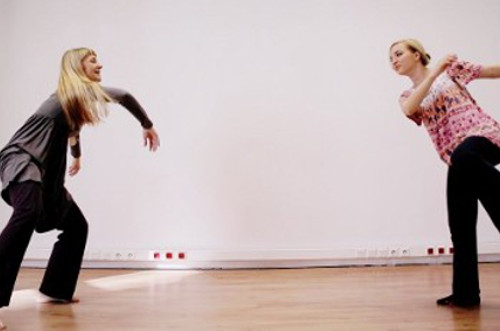 |
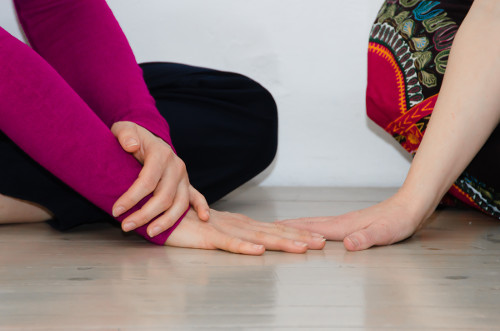 |
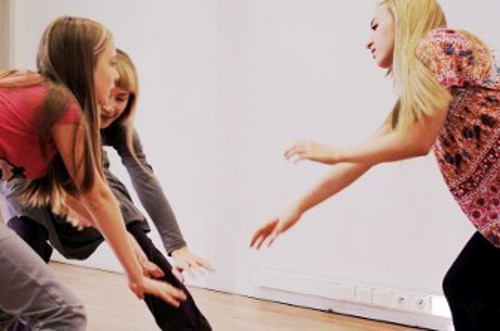 |
What is Dance Movement Psychotherapy?
This method relies on the psychotherapeutic application of movement and dance. The client takes part in a creative process leading towards cognitive, emotional, physical and social integration. DMT is based on the assumption that the human body contains the entire history of a person, their personality and emotional state and through the body it can be changed or healed. This method is employed successfully both in work with people suffering from various disorders and in developmental work with people who want to grow and express themselves better.
What are the foundations of Dance Movement Psychotherapy?
DMT as an independent profession was created around 1940 in the USA. It is one of the art therapy forms . It has its own theory, methodology and knowledge about individuals and groups, and is also based on non-verbal communication, developmental psychology and movement analysis.
What does Dance Movement Psychotherapy facilitate?
Movement helps you prepare to express difficult emotional states verbally, as well as understand your subconscious feelings which have been disowned, but still exist in the body. Movement integrates emotional states, inspires imagination and enables you to create and live through new experiences. Getting to know your body and opening yourself to what is being sensed through it enables you to explore the various aspects of yourself. It can also give you better access to your feelings, expressing emotions and using your potential. Through movement, emotions change gradually, new experiences arise which transcend the body into emotions and relations.
What does a Dance Movement Psychotherapy session look like?
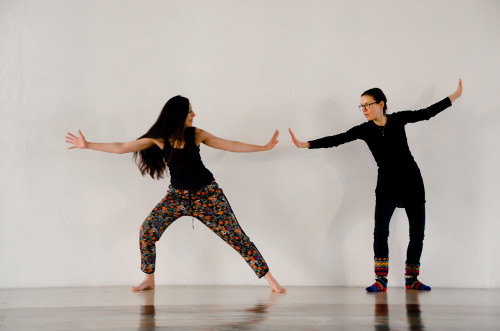 |
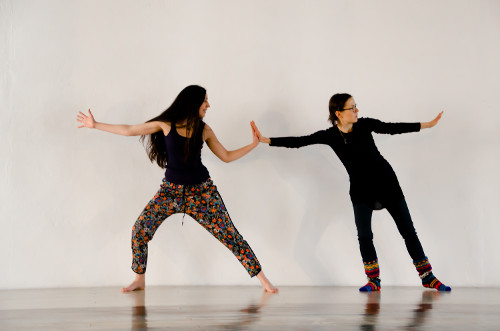 |
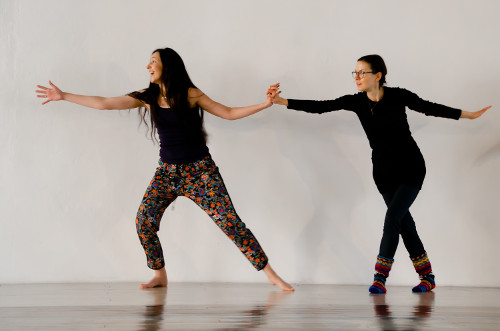 |
The session resembles a verbal therapy session, except that during the session body language is the primary medium of communication. Usually, a session begins with a physical warm-up, during which issues for further work emerge. The work involves various movement experiences suggested by the therapist (individual, in pairs, groups). You can work with music or in silence, which helps you find your own rhythm. During the session, there is also time for verbal communication. Following the movement experience, the therapist encourages self-reflection on what happened during movement and how it can be extrapolated into everyday life. The completed session is summarised in motion or verbally.
The Dance Movement Psychotherapist may draw inspiration from various dance and movement techniques. These include:
- improvisation
- authentic movement
- body-mind centering
- visualisation techniques
- work with developmental movement patterns
- experiencing various movement qualities
- circle dance
In the course of psychotherapy, you do not learn dance sequences. Hence, previous dance experience is not needed. What matters is that you listen to your body and allow it to move in a way that is genuine, not pretty.
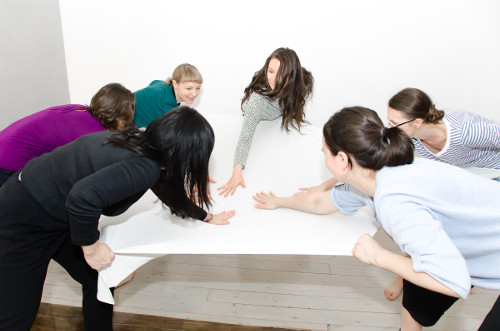 |
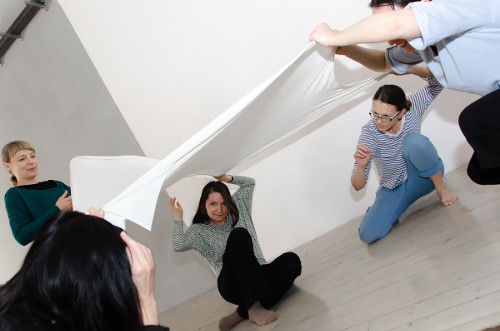 |
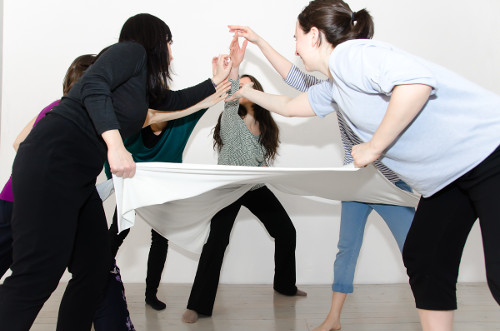 |


